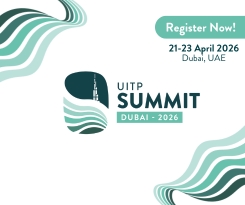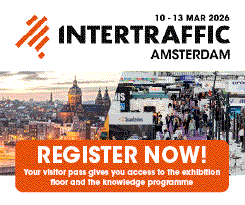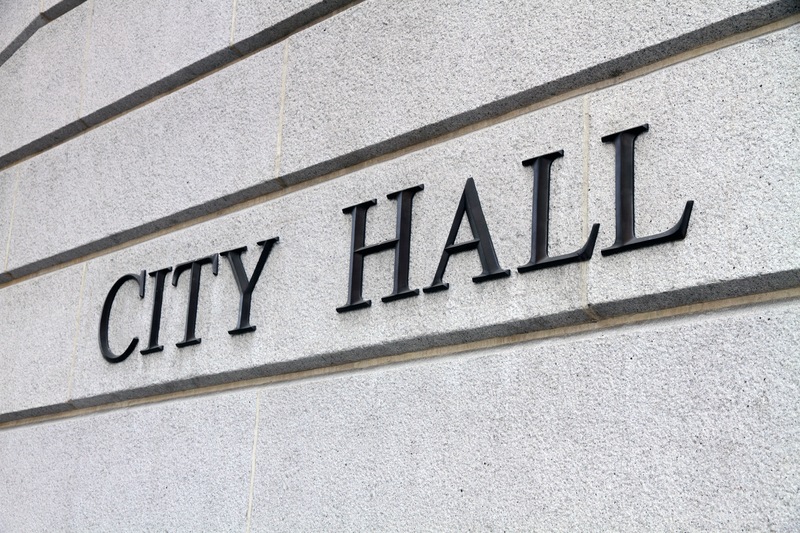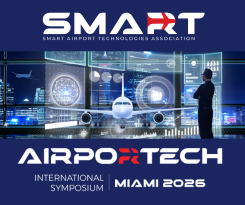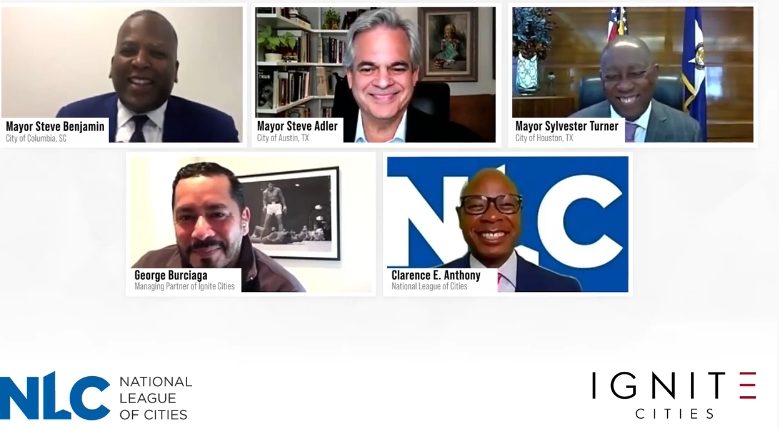
Photo: Ignite
How Austin is using blockchain to help the homeless
30 March 2021
by Sarah Wray
An online roundtable this month focused on how the cities of Austin and Houston are using technology, from 3D printing to blockchain and smart grids, to address their biggest challenges.
Technology companies that want to succeed in the smart cities market should start by asking mayors what is keeping them awake at night, said leaders on a recent webinar organised by consulting company Ignite Cities and advocacy group the National League of Cities.
Too often, vendors promise cities the answers to all their problems without actually asking what their pain points are, said Columbia Mayor Steve Benjamin, who acted as moderator.
He urged companies to start by asking mayors what their most pressing issues are.
“It’s amazing: you start that dialogue, and you start really solving problems, as opposed to trying to back into what the [vendor’s] solution happens to be,” he said.
There has certainly been plenty for the mayors of Austin and Houston to lose sleep over lately, following winter storms that brought the state’s infrastructure to its knees for almost a week in February, on top of the ongoing pandemic and longstanding equity issues.
In light of the looming climate crisis, Sylvester Turner, Mayor of Houston, said the onus is on cities to build resilience.
After historic flooding in 2016 and Hurricane Harvey a year later, Houston adopted resilience measures such as flooding sensors to enable real-time monitoring and early warnings. Recent events have been a reminder of the urgency of the work.
Speaking on the recent storms, Turner said: “Even here locally, we thought we had built in a lot of redundancy with generators just in case the power went out. But some of those generators did not kick in immediately and so that did not help our situation.”
Houston is exploring a microgrid which would help ensure power continuity, and plans to deploy pilot programmes soon.
Steve Adler, Mayor of Austin, noted that during his six-year tenure, the city has faced three ‘100-year’ storms as well as drought and severe flooding.
“Who would have ever thought a city our size would actually have to boil water before we could drink it?” he said, adding that the latest storm marked the second time in three years, following a flood in 2018 which brought elevated levels of silt.
“But the frequency with which these things are now happening is just incredible. And it is mayors in so many places around the country and around the world, certainly in our state, that are really leading the charge because we’re on the ground,” Adler said.
Vulnerabilities
Big questions have been raised about the vulnerabilities in Texas’ deregulated energy system and the US grid more broadly in light of the storms’ impact. While Austin’s power company, Austin Energy, generated more power than it consumed during the event, contributing back into the grid, residents still suffered badly through mandated load shedding blackouts.
Adler said: “When you only look to a deregulated system, you are never going to build into it the incentives to buy the expensive insurance policy that is weatherisation or hardening the system. So I’m happy that we’re going to take a more realistic look at how we do the power grid in Texas and fix some of those structural problems.”
Austin is also looking at smart metering as part of the long-running Pecan Street Project at the 711-acre Robert Mueller mixed-use development in the city.
“That’s yielding great information about how people live, and how people use energy that we’re using to model for greater efficiencies in our system,” Adler said, explaining that the goal is to roll out smart meters across the city soon.
“If only we had that functionality [during the recent storms] then we could have created grids and turned on and off power at particular homes or particular locations. And not only that but [we would have been] able to monitor in a much better way who had power and didn’t, because we could have done it on a really ‘micro’ basis,” he said.
Homelessness
Adler highlighted other resilience efforts in Austin such as a 100-year water plan and tackling homelessness, which he described as “our single biggest challenge”.
Austin effectively decriminalised homelessness in 2019 by allowing homeless residents to camp in public spaces. Adler said this has made the matter a “huge political issue” but also made it more visible, galvanising the resolve to fix it.
One priority for the city is enabling homeless residents to better store and share essential documents and medical records electronically.
Adler believes that distributed ledger technology could be the answer since Health Insurance Portability and Accountability Act (HIPAA) rules would rule out a centralised database.
“You have a lot of different systems that people are wanting to integrate their databases with… which means it is a system that is just made for blockchain,” he said. “That’s exactly the premise that Bitcoin is built on as well.”
A blockchain-based solution for homeless residents in Austin is currently being developed.
Austin is also exploring the use of 3D printing to tackle homelessness. Local startup Icon has begun 3D printing homes at Community First!, a 51-acre development that aims to eventually house 40 percent of Austin’s homeless population.
Partnerships
Both mayors highlighted the importance of public-private partnerships (PPPs) to get things done. Houston is working with Comcast, for instance, to provide nine Lift Zones for free Public Wi-Fi as well as collaborating with companies such as Microsoft and Intel to upskill residents and accelerate high-tech startups.
One of the most significant PPPs in Houston is the Sunnyside Solar Project, a collaboration with Sunnyside Energy to convert the 240-acre closed landfill in Sunnyside into one of the largest urban solar farms in the country. As well as providing power for up to 5,000 homes, the scheme aims to address historic environmental justice concerns, climate change, and economic development in underserved communities.
Adler notes that Austin is tapping more private sector innovation by moving its technology procurement process away from issuing bureaucratic RFPs to a more challenge-based approach.
“We’re finding that we get ideas we hadn’t thought of, they’re less expensive and they’re being delivered in significantly less time,” he said.
However, he said the main thing he is looking for in technology companies is for them to be involved in the community. He said: “I want my tech community involved in the challenges I have in the city that go beyond the ones that they have a business purpose to talk to me about.”
George Burciaga, Managing Partner, Ignite Cities, concluded the event, saying: “At the end of the day, we shouldn’t be thinking about the shiny box on the pole, we should be thinking about the mom and three kids under the pole.”
He said whenever Ignite begins working with a mayor, they ask three key questions: What are your three major priorities? Where’s the weak point? What keeps you up at night?
“Because we want to resolve those issues, at no cost, pro bono, to help build an idea into reality that really changes the way we connect people moving forward,” Burciaga said.
Replay the roundtable:


